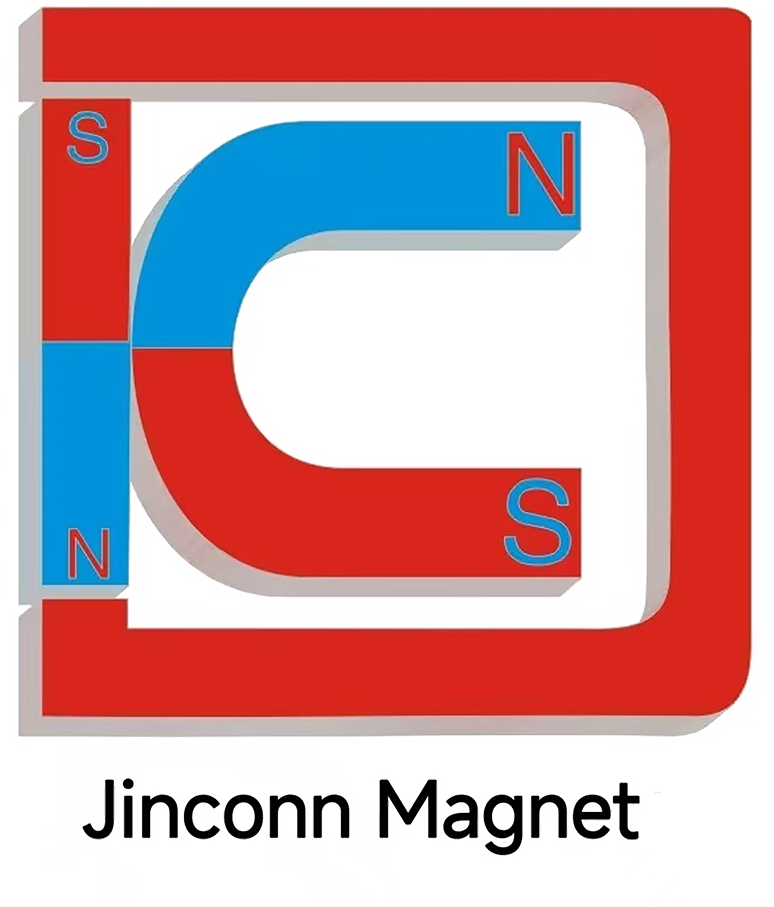The Future of Magnetic Coatings: Innovation, Customization, and Sustainable Solutions
The Future of Magnetic Coatings: Innovation, Customization, and Sustainable Solutions
As global industries demand smarter, more durable, and eco-friendly technologies, the evolution of magnetic coatings has never been more critical. The latest innovations not only address traditional challenges—such as corrosion resistance and high temperature resistance—but also support customization and sustainability. This new era of magnet technology is empowering manufacturers and end-users across medical devices, green energy, electronics, and industrial automation.
Pioneering Innovations in Magnetic Coatings
Recent years have seen a surge in the development of coatings that deliver both high temperature resistance and corrosion resistance. Using advanced materials, such as nano-ceramic layers and environmentally safe polymers, manufacturers now create magnets that remain stable in harsh settings—whether it’s a wind turbine at sea or an electric vehicle motor running in extreme heat.
Just as crucial, these coatings exhibit strong adhesion and provide long-lasting protection, minimizing the risk of coating delamination or wear. This means high coercivity magnets can maintain their magnetic force and strong stability, even after thousands of operational cycles or exposure to chemicals and moisture.
Customization Drives Industry Transformation
Today’s industrial landscape values flexibility. Custom magnet solutions available on the market are tailored to meet diverse needs: from medical imaging magnets that demand high precision and safety, to robotics magnets that operate under rapid temperature shifts. Engineers design these solutions with specific coating thicknesses and compositions, ensuring both high temperature resistance and corrosion resistance.
Strong adhesion is a defining characteristic of these advanced coatings, as it ensures the magnet’s performance and safety. By focusing on high coercivity and strong stability, manufacturers guarantee that magnets will perform reliably in specialized fields such as aerospace, automotive, and energy storage.
Sustainable, High-Performance Magnet Solutions
With growing emphasis on green technology, the magnet industry is embracing sustainability. Modern coatings use environmentally friendly compounds, and production processes are optimized to reduce waste and energy consumption. This transition ensures that magnets—while offering high performance—also align with environmental regulations and the expectations of eco-conscious customers.
For example, renewable energy applications increasingly require magnets that not only exhibit high temperature resistance and corrosion resistance but are also designed for recyclability and reduced environmental impact.
Shaping the Future with Innovation and Collaboration
As research continues, the focus remains on integrating even smarter coatings—like self-healing layers or embedded sensors—into magnet solutions. Collaboration between material scientists, manufacturers, and end-users will drive further breakthroughs, ensuring that the next generation of magnets supports both technological progress and sustainability goals.
The synergy of high coercivity, strong stability, strong adhesion, high temperature resistance, and corrosion resistance in custom magnet solutions sets a new industry standard. These innovations are reshaping what’s possible for product designers, engineers, and businesses across the globe.




Jinconn WeChat









